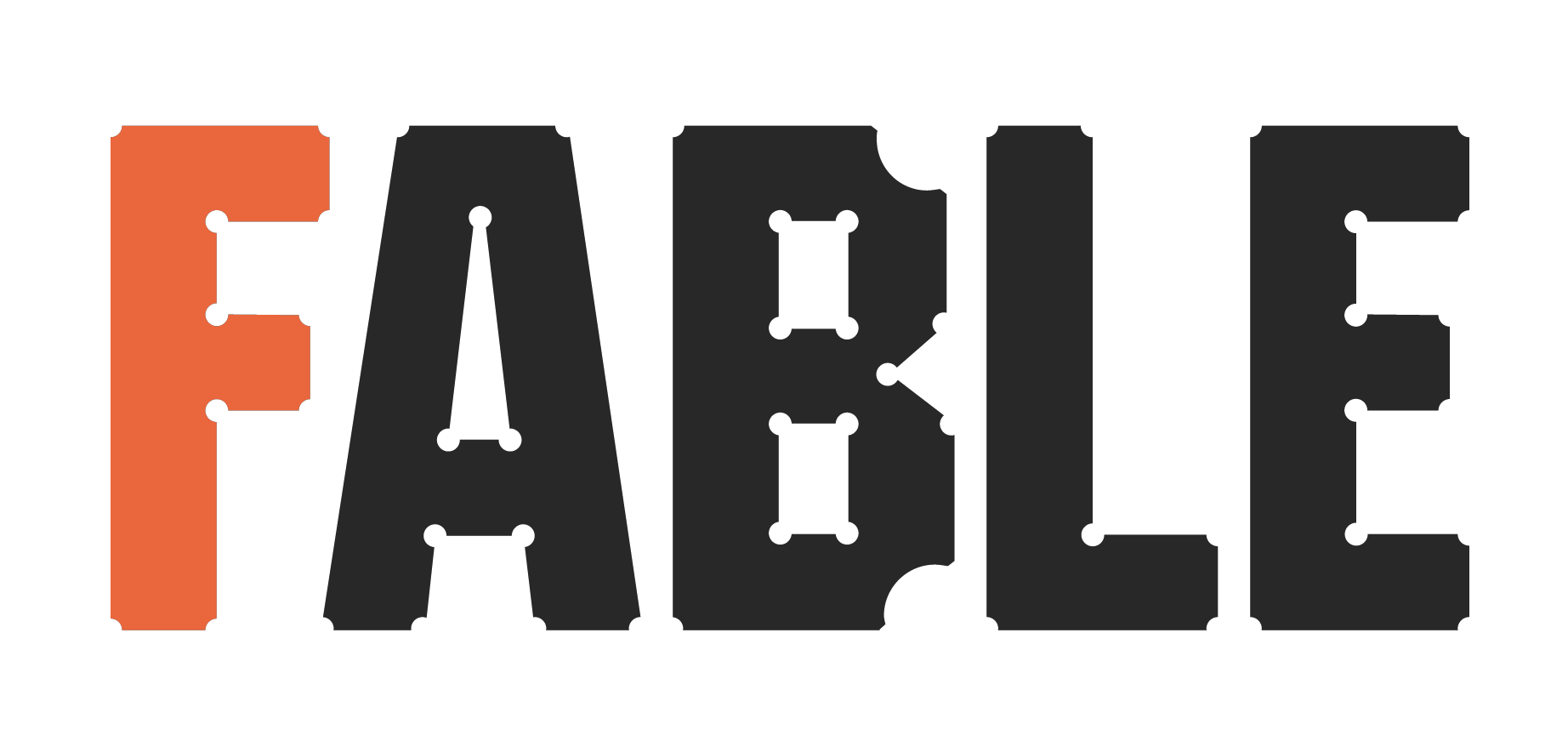Part 4: Methodologies for sustainable fashion and social entrepreneurship
Methodologies for sustainable fashion and social entrepreneurship as role play to learn problem solving, critical thinking and time management
Introduction
In this module, we are going to introduce the topic of sustainable fashion. We are going to take a look at what changes one can make in their own lives in order to be more conscious about sustainable fashion choices. We will discuss alternative materials, and methods on how we can reduce waste and overconsumption.
Social entrepreneurship is an approach which focuses on recognizing issues that are affecting our societies and finding entrepreneurial solutions for them. Issues related to the fashion industry are often solved by this approach, therefore in this module we also take a look into the principles of social entrepreneurship.
After completing this module, we expect you to have a deeper insight into the topics of sustainable fashion and social entrepreneurship while also developing crucial skills connected to the topic such as problem-solving, critical thinking and time management.
Sustainable Fashion
About sustainable fashion
Sustainable fashion refers to clothing that is designed, manufactured, distributed, and used in an ecologically and socially responsible matter.
Why is sustainable fashion so important?
Sustainable fashion has both direct and indirect effects on our life. On everybody’s life – with no exception.
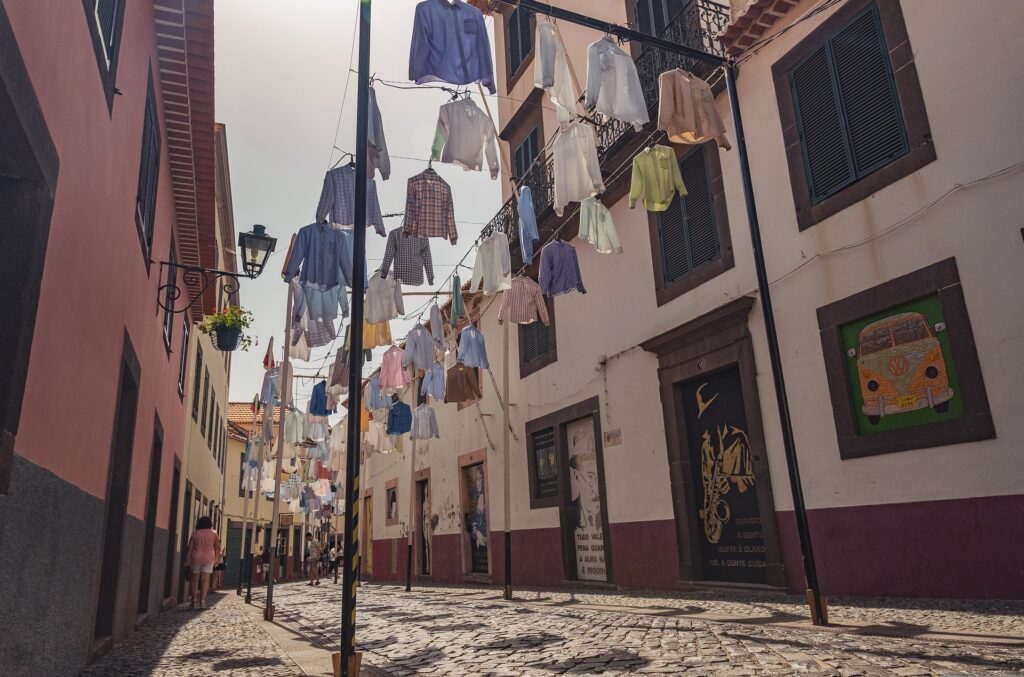
- We – at least the majority of humanity – live in societies where we use clothing to cover up. In many places clothing is also part of our self-expression – to our communication. How we want to show ourselves and what we want to share with others about ourselves.
Clothing is an opportunity to show where we belong – (ethnical, subgroups. etc) and has a cultural – traditional meaning as well. Also, it touches our skin every day – most hours of the day, therefore it does matter what type of material touches you – as skin is our first way to connect ourselves to the world.
This is the direct effect that fashion choices have on our life. - The indirect effect of it comes with the environmental and social effects the industry creates. The environmental impact of fast fashion comprises the depletion of non-renewable sources, emission of greenhouse gasses and the use of massive amounts of water and energy. This is a completely unsustainable system that the fashion industry has been causing for years around us – without guilt. Today’s fashion industry promotes over-consumerism – this is what fast fashion is built on. Furthermore, the production of clothes within the framework of the fast fashion concept raises a lot of ethical questions – on how it affects people who work in the industry and our society in general.
To sum up, the fast fashion industry has many levels and complex issues which affect all of us in different ways. We all need to start acting in order to make the industry more sustainable by educating ourselves, making more conscious choices and supporting brands that are aiming to create more sustainable solutions.
What makes a cloth sustainable?
Sustainable clothing is a complex idea that has many different layers. Clothing can be sustainable by personal choices – when an individual is deciding to re/start and redesign her/his priority list according to sustainable clothing matters.
Clothing can be sustainable if the material itself is sustainable. It can be made from upcycled material or the material itself can be recyclable. There are also natural materials that are composting easier and that are not produced in a way that is harming the environment. Fashion can be also sustainable if the business model that a certain brand is based on is sustainable. This is the basic idea of social enterprises of the fashion industry.
Sustainable fashion Dictionary
Let’s see some concepts of sustainable fashion!
Cheap clothing that represents celebrity trends and catwalk shows. The designs are changing quickly with the new trends therefore there are many clothes produced in a short amount of time. This kind of production is causing a lot of damage to the environment, and it is also associated with bad working conditions.
We can talk about ethical clothing, when the customer has transparency throughout the production process from the seed (of the material – like cotton) to the wages of the sewing lady who made the cloth s/he buys. A fashion brand can be ethical – work-wise – but also the same is valid for the business side as well. Ethical working conditions refer to the policies and practices of the company and how they treat their employees, e.g. child labor, forced labor, payment, working environment, etc. An ethical brand treats its employees with respect, compensates for their work fairly, and provides a supportive and safe environment for them to work.
In sustainable fashion it is a really important principle that the production of clothes is aiming towards zero waste. The goal is to generate zero or at least a low level of waste during the whole process of the production of clothes.
Based on the idea of the circular economy – a concept which aims to circulate clothes longer in the economic system – meaning that instead of being disposed, with different methods and processes they try to keep the clothing items for a longer time in their life cycle.
The advantage of buying from local brands that are also trying to manufacture the clothes locally is that it minimizes the costs and environmental effects that a clothing item has because of traveling.
How can you make your wardrobe sustainable?
There are many opportunities, luckily how you can already make your own wardrobe more sustainable.
Capsule wardrobe
This option might not be for all – but if you are familiar with minimalism, you might find this idea sympathetic. In this case, you can find many interesting challenges online. The most famous one is the 33 pieces challenge.
In this challenge, you are only allowed to have 33 pieces of clothing (underwear and shoes are not necessarily counted). You can have a winter and summer capsule wardrobe!
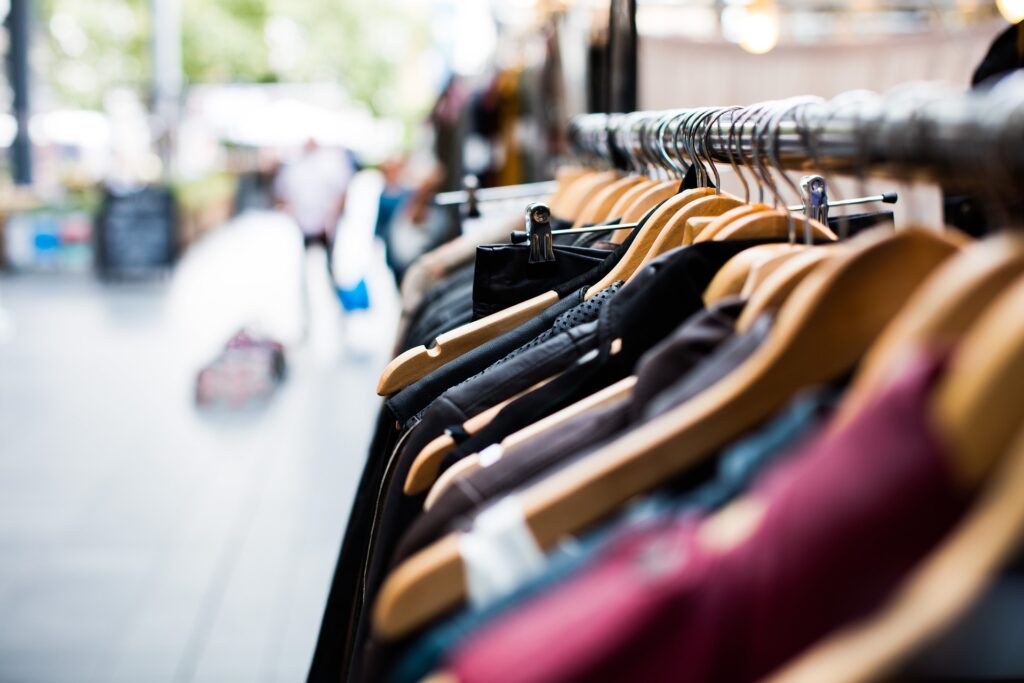
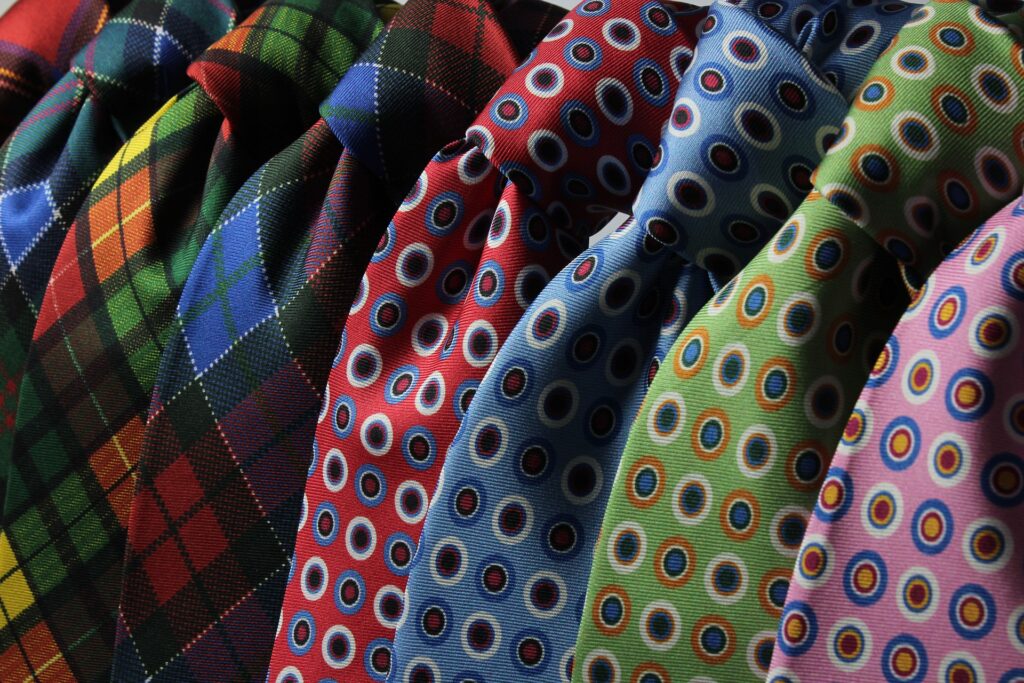
Color Styling / Styling
If you know your style and colors, more likely you will choose wiser when it comes to clothing. If you have not yet been a stylist and you are not sure about what colors fit you the best and what type of style goes with you, I suggest you visit professionals. Self-awareness is a really big part of conscious living. It helps us to make conscious choices – regarding also our clothing.
Self-awareness
As it was mentioned above – the self-awareness journey is a big part if we want to live more sustainably. Dedicate time for a coach or therapy/ group work if you need and get on this journey with yourself to support a more sustainable lifestyle.
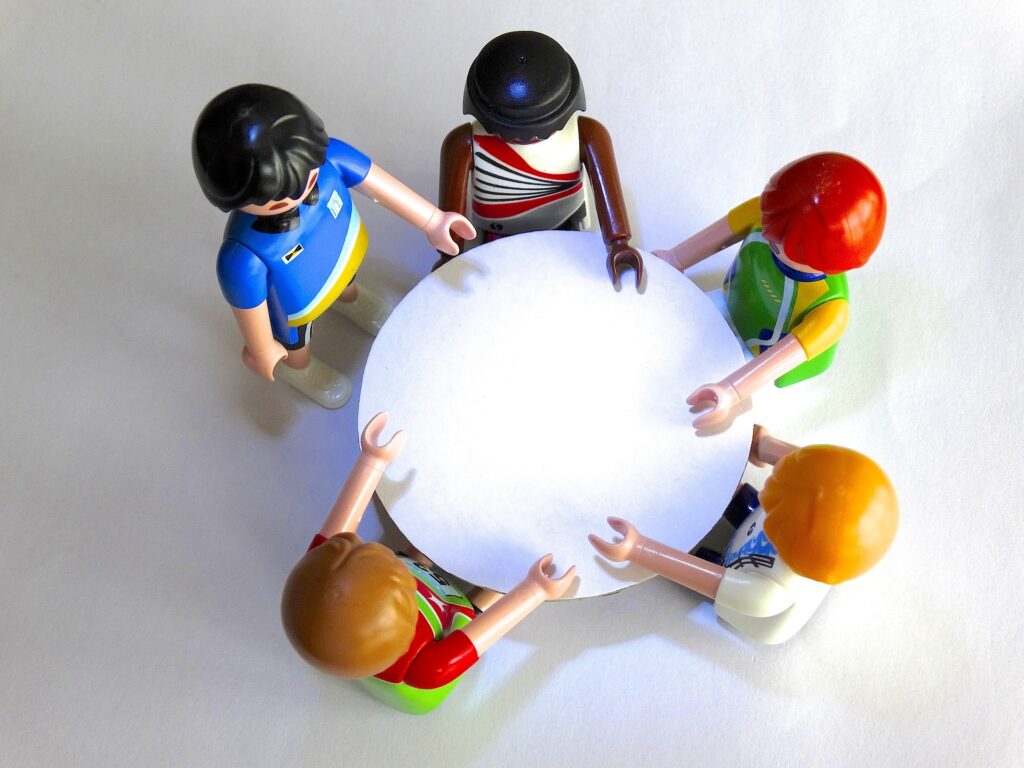
Planning
In order to make conscious choices you need to plan ahead. The world that we live in at the moment is not designed for planning long term. Consumerism, advertisements are urging us to make decisions out of impulse. We “need to” buy new and newer every day. We “need to” follow the trends. If we plan ahead, we can avoid unnecessary spendings – so we will have fewer items at home.


Personal challenges
If you make up your mind and you decide to create a sustainable lifestyle for yourself you can create your own mini-challenges. I suggest you also make it out loud – so you keep yourself accountable!
- Few example:
Do not buy clothes for a week/ 1 month / 3 months / 1 year…. - Buy only secondhand for a month
- For 1 month only cloth swapping is allowed
- You learn how to sew with the machine
The list is endless – let your creativity open up!
Activities - Get familiar with your own wardrobe!
Objectives
- To become familiar with your own clothing
- To realize what kind of materials you are wearing
- To learn about the materials you are wearing and be able to make more conscious choices about handling them
Total duration
20 minutes
Description
- Draw a picture of your wardrobe. Use colorful pencils so that you can also see what are the main colors in your wardrobe.
- Create a list of every piece of clothing item you own. Put them in categories – e.g. pants, t-shirts, shirts, dresses, shoes, etc. Count how many pieces of clothing you have in each category.
- Pick 10 different pieces of clothing from your wardrobe. Choose ones that you wear for different seasons and that are made of different materials.
– Check the clothes you selected. Look at the label and see what materials it is made of. If you are not familiar with the materials, look it up! How do they produce that given material?
– Check on the label how your clothes should be handled. At what temperature should you wash them? Can you wash them in a machine or not? Does the way you handle your clothes align with the description on the label? - Create a personal challenge for yourself! You can see some examples in the previous part of the module, but you can create your own as well! Start the challenge tomorrow!
Materials
Papers, colorful pencils, markers
Further resources
Madhavi Venkatesan – Ted Ed – The life cycle of a pair of jeans:
https://www.ted.com/talks/madhavi_venkatesan_the_life_cycle_of_a_pair_of_jeans
Natsai Audrey Chieza – TED – Fashion has a pollution problem – Can biology fix it? https://www.ted.com/talks/natsai_audrey_chieza_fashion_has_a_pollution_problem_can_biology_fix_it
Sustainable Minimalists – Fashion’s Missing Link:
https://open.spotify.com/episode/0nmgwDPB5NQF7cusqnq1xT?si=e2a90a294bbb4d4f
Green Dreamer – Faye Lessler – What is sustainable fashion? (An introduction and 3 steps for getting started):
https://greendreamer.com/journal/what-is-sustainable-fashion
Ecothes – What is sustainable fashion?
https://ecothes.com/blog/sustainable-fashion
Part 3: Methodologies for creative tinkering
